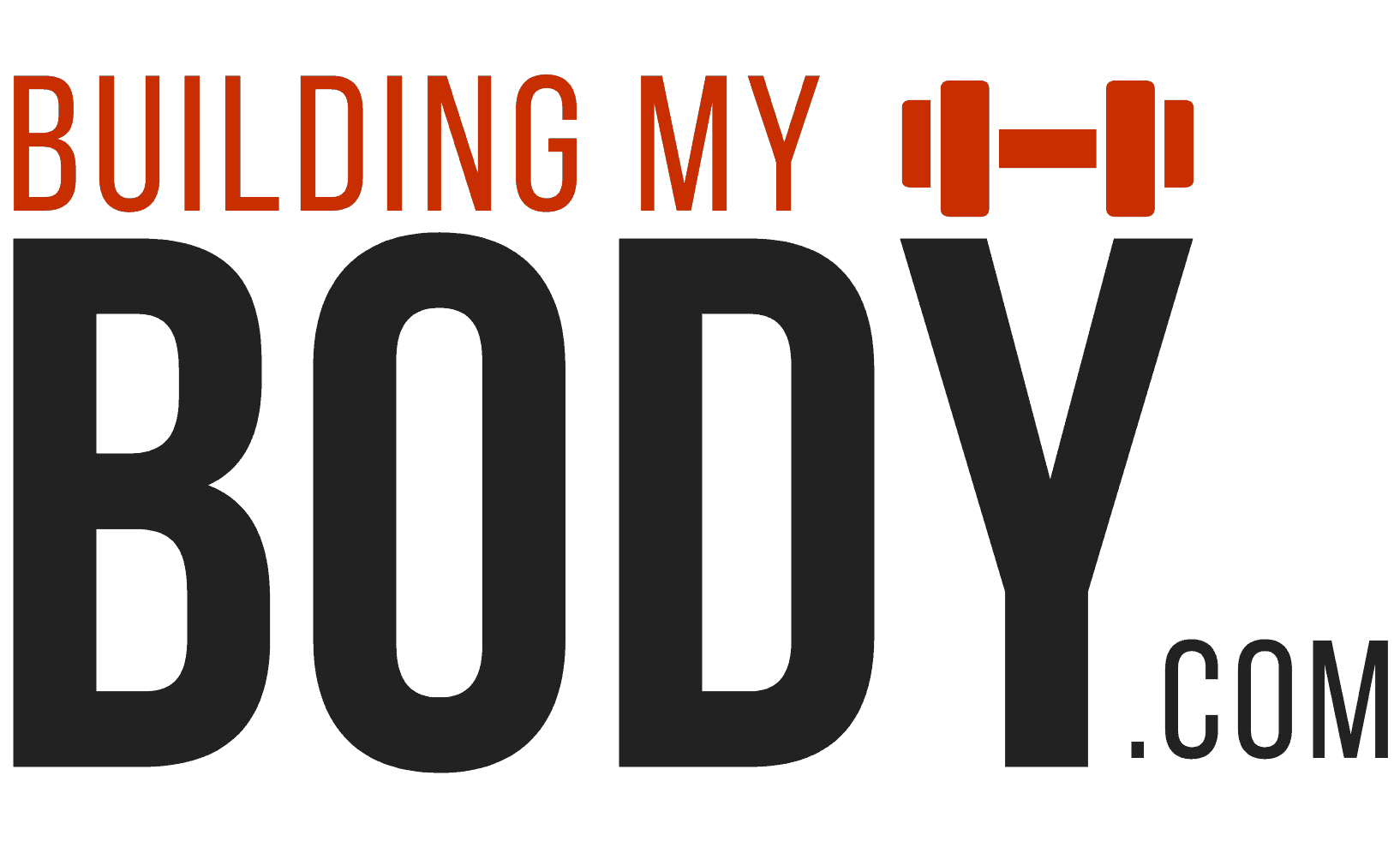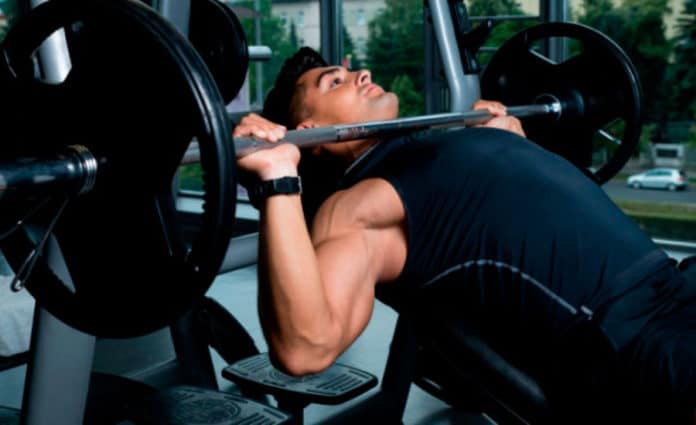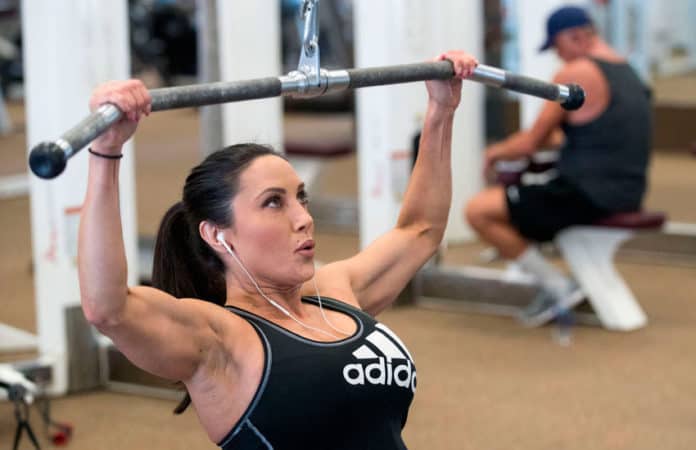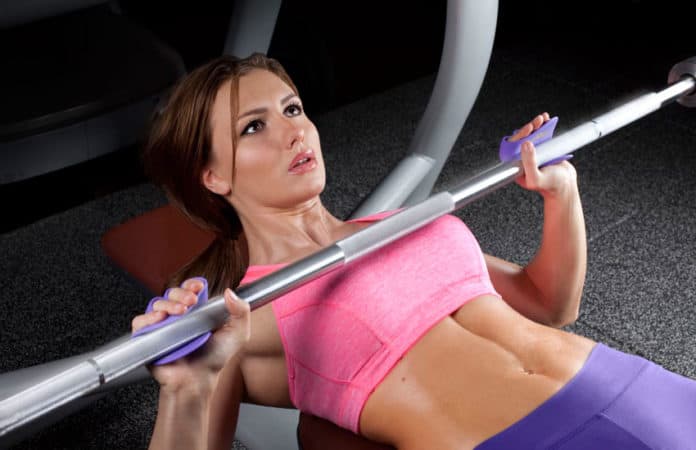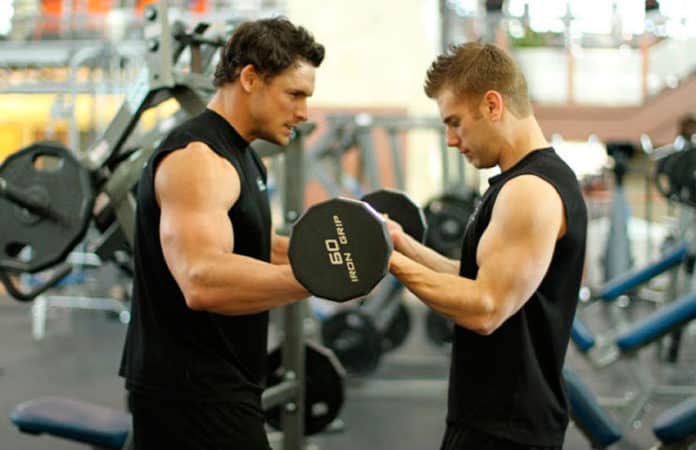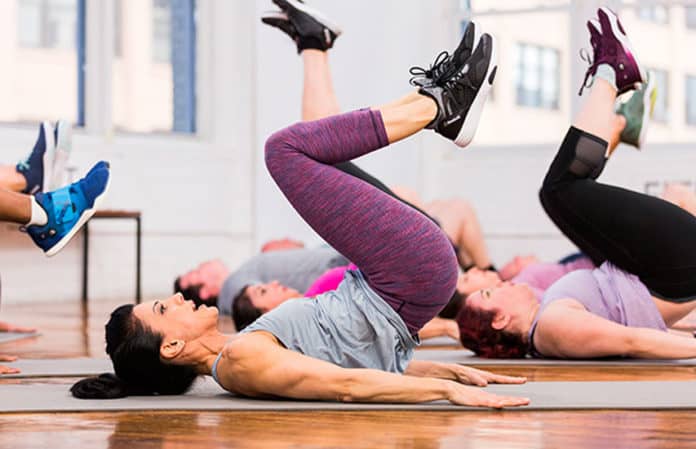By now you’ve made significant progress in your bodybuilding career. For the past three to six months you’ve learnt how to perform the core lifting exercises in a technically correct manner. You’ve also conditioned the body and developed sufficient core strength to prepare yourself for a whole new level of intensity. Hopefully you’ve also built some rock solid muscle! But that’s only the beginning.
In recent weeks your workouts have probably lost some of their effect so, even though you’re lifting bigger weights, your muscles now need even greater stimulation to generate maximal growth. Don’t expect miracles though – from this point onwards, every little bit of improvement will take even greater and more intensive work than before.
Because you’ll be working your muscles more intensively, they’ll also need more recovery time to adapt and grow and that’s why you’ll be reducing your workouts to three a week. Each primary muscle group trained will now need one full week to recover. After being used to whole body sessions and more workouts per week it may seem as if you’re not doing enough but the point is, you’ll be working your muscles very, very intensively and making better use of your time.
As you gain more experience you’ll be able to tweak or re-design your basic muscle building program to suit your own individual needs, but the program described here should provide a useful starting point. What I’m proposing is basically a 3-split of the body on Monday, Wednesday and Friday.
MONDAY (Chest, Triceps, Shoulders)
1. Chest Exercises
Incline dumbbell press – this is a compound exercise that targets the chest but also works the triceps and shoulders to a lesser extent.
Pec-deck flye – this is an isolation exercise that works the pectorals.
2. Triceps
Dips – this compound exercise targets the triceps but also works the chest and shoulders.
3. Shoulders
Front military press – this compound exercise targets shoulders but also works the triceps.
Dumbbell lateral raises – this isolation exercise works the shoulders only.
Bentover dumbbell laterals – this isolation exercise works the rear delts.
WEDNESDAY (Back, Biceps, Forearms)
1. Back
Front lat pulls – compound exercise that targets lats but also works the biceps and mid-back.
Deadlifts – compound exercise that targets the back and quads but also works hamstrings, calves and glutes.
Dumbbell rows – compound exercise that targets mid-back but also works biceps and lats.
Dumbbell shrugs – isolation exercise that works traps.
2. Biceps
Dumbbell biceps curl – isolation exercise that works the biceps.
Dumbbell hammer curls – isolation exercise that works the biceps.
3. Forearms
Barbell wrist curl – isolation exercise that works the forearms.
FRIDAY (Lower Body)
1. Legs
Squats or leg press – compound exercise that targets the quads but also works the hamstrings, calves and glutes.
Leg extension – isolation exercise that works the quads.
Leg curls – isolation exercise that works the hamstrings.
Standing calf raise – isolation exercise that works the gastrocnemius calf muscle.
Seated calf raise – isolation exercise that works the soleus calf muscle.
You could start this program by aiming for two sets of 8-10 reps per exercise but as your strength and size increase you should really introduce techniques that boost the intensity even further. This can be achieved in a number of ways including the use of pre-exhaustion, super sets, partial reps, isometric contractions and forced reps. These techniques are covered in detail elsewhere in this series of articles.
